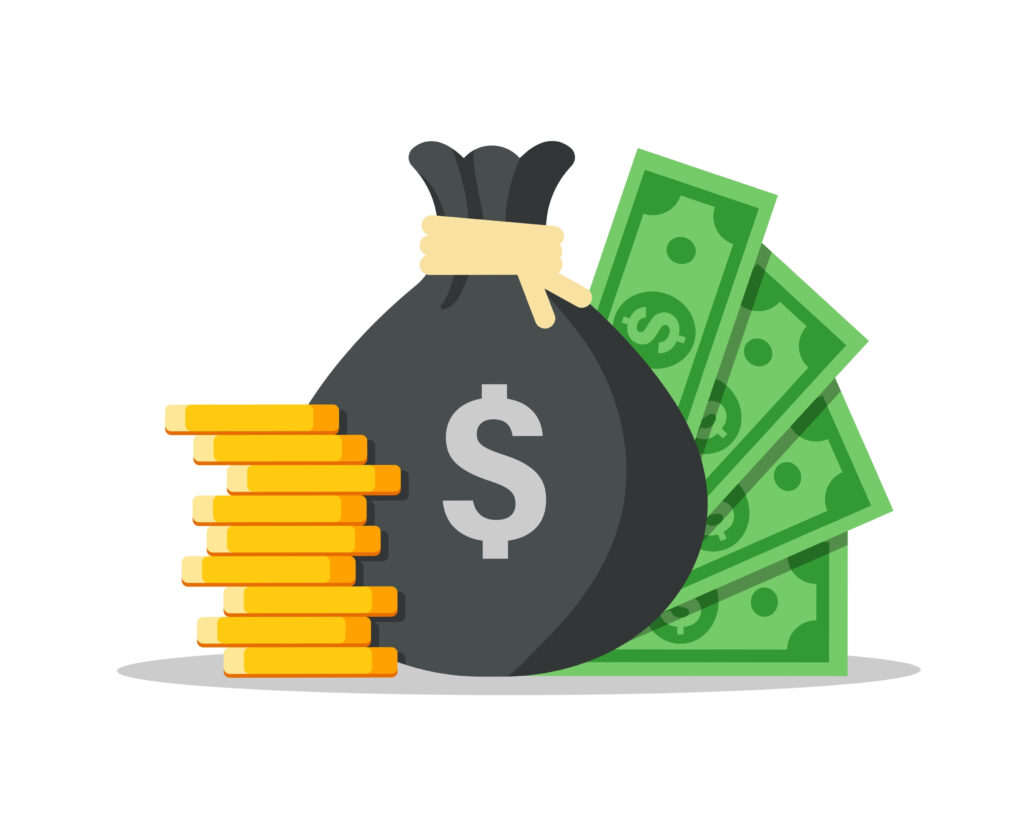In the paid ads world, a lower cost per acquisition is like a golden egg – rare, highly sought after, and quite possibly impossible to obtain.
Every business owner running their own ads is always on the hunt to lower their cost per acquisition. This makes sense – after all, a lower CPA is going to mean you spend less money, which is what we’re all after, right?
Well, you’re about to find out. Join me, and together we’ll frolic through the land of cost per acquisition. I’ll share the secret key of how you can achieve this goal . . . and then I’ll flip everything on its head by discussing whether this is the best idea for your business. I’ll try my best to keep this entertaining for you (think Mary Poppins rather than marketing guru!). Grab your umbrellas, because it’s about to rain strategies!
Side note: I also have a video covering this topic, so click here to watch that.
Part one: how to lower your CPA
As promised, I’m going to share some tips and tricks that can help you lower your CPA for your paid ads campaigns. There are all the strategies that we employ at my ads agency, Snowball Creations, so you can rest assured that they’ve been tried and tested by the pros!
Stage one: let's go fishing
One of my favourite analogies is the idea of casting a big net out into the vast sea that is the internet, and hoping to catch some good fish – or, in other words, your target audience.
The bigger the net, the more expensive your cost per acquisition will be. Therefore, if you want to lower your CPA, you want to try to tighten this net.
Luckily for you, there are quite a few ways that you can go about tightening your net and lowering your CPA, so I’m going to share some ways that you can do this for the “big three” of advertising: Google, Facebook, and LinkedIn.
To start, you need to look at your keyword match types. As you can imagine, a broad match type will bring in the widest number of users, whereas an exact match will drastically tighten your net, thus bringing in fewer people, and in that way, lowering your CPA.
It may also be the case that you are advertising worldwide, so if you want to tighten your net in terms of location, you could always narrow down the areas where you are advertising. Again, this will make your pool of fish that much smaller. Select your top-performing geographies so that you have a smaller audience.

Facebook
Niching down your audience for Facebook is similar to Google. Essentially, just make it more complex – the more detailed your audience is, the smaller it will be.
Lookalike audiences are quite popular when it comes to Facebook ads, and I would recommend selecting a smaller lookalike audience of 1% rather than a large lookalike audience of 5%. Also make sure that you aren’t just randomly making your audiences smaller – make sure that you are narrowing down who your perfect target customer is.
LinkedIn as a platform is a bit different than Google or Facebook, especially in its audience setup, as it’s designed specifically with B2B businesses in mind.
In this case, you could narrow down your audience by being more specific when selecting things like job functions or job seniority. In the end, regardless of your platform, a smaller target audience will help you reach that sweet spot of having a lower CPA while also increasing your chances of landing the perfect customer. It’s a win-win!

Stage two: once upon a time
An ad is only as good as its creative, and the main thing you need to keep in mind is that your ad creative needs to tell a story.
Better ads will get you better results, which in turn will help you utilise your ad spend in the best possible way and thus also lower your CPA (along with a whole bunch of other benefits!)
Therefore, your ad creative needs to be really solid.
With Google responsive search ads, for example, you’re very likely going to have an image and text with your ads, so you need to make sure that whatever you’re showing your customer is actually speaking to them. Be interesting, stand out from your competitors, and you will naturally draw in more of your audience, which will also yield a lower CPA.
Bonus tip!
By now, you hopefully know that ad creative (and the story it tells) is a very important factor in how your ad campaigns will perform and how high or low your CPA will be.
That’s all great – but you might not know how to come up with great ad creative. And even if you do, your definition of good ad creative may not always align with what your audience is drawn to. So, what do you do?
You A/B test. I am a big advocate of A/B testing, and the main reason is that you test different types of creatives and use the data to see which ones perform best. You can then tweak those top performers and test them again and again, until you have the perfect creatives that have your ideal audience clicking on your ads. Again (I know I sound like a broken record by now), this will help you lower your CPA.
Stage three: back to school
Another key thing that will help you lower your CPA is to really understand the systems you’re using for your advertising, and then research ways in which you can have a lower cost per acquisition.
If you’re trying to fly a plane without any prior training, you’re likely going to crash and burn. The same is true of your paid ads, albeit with a lower risk. Still, if you try to run paid ads, and specifically try to lower your CPA, but you don’t understand the systems you’re working with, you’re going to struggle.
Watch videos, read blog posts, talk to other industry experts, and test things for yourself. Have a student mindset where you’re always ready to learn more. Alternatively, if you don’t have the time or energy to do this, hire experts like a paid ads agency to do it for you.

Part two: you know how to lower your CPA . . . but should you?
I know I’ve spent quite some time blabbering on about how you can lower your CPA, but I do want to present a bit of a counter argument by discussing whether this is even a good idea.
In theory, there’s nothing bad about lowering your CPA. A lower cost per acquisition means you’re spending less, and isn’t that what all businesses want? Unfortunately, it’s not that simple, and there is a bit of nuance to it. Believe it or not, but there are actually some instances where a lower CPA isn’t as great as it seems.
Reason one: you might be getting quantity over quality
A lower cost per acquisition means that you will be spending less, and naturally, this means that the quality of your conversions won’t always be the best.
When Google is trying to get you the lowest cost per acquisition possible, they’re going to go for cheap shots. They’re going to go for cheap conversions, such as people signing up for a free trial. They’re also going to look at “cheaper” customers, such as students, rather than targeting your ads towards higher up people like CEOs, because in the end, acquiring a CEO as a customer will cost much more than a student.
The same goes for e-commerce businesses who focus on clicks rather than the value of the conversion. You’ll be getting a lot of cheap conversions, but they might not necessarily be the conversions you’re looking for.
Instead of focusing on CPA, look at your ROI. What I would recommend is to focus on your return on investment more than you’re focusing on your cost per acquisition. A low CPA is great in theory, but it won’t necessarily make you a lot of money. On the other hand, it might be worth it to have a bit of a higher CPA if it means that your return on investment will also be higher.

Reason two: lower CPA = smaller pool
If you’re lowering your target cost per acquisition, your target pool will likely also shrink down significantly.
Naturally, the fewer people you are targeting in your ads, the fewer chances you will have to have someone convert and turn into a customer. It’s all a balancing game.
Final words
It’s very easy to get caught up in the goal of trying to spend as little money as possible, but the age-old adage of “you’ve got to spend money to make money” is very true, especially when it comes to paid advertising.
That being said, though, not every business is the same, so there are instances where a lower CPA should be something you’re striving for! That’s why I decided to share how you can lower your CPA, and also why it’s okay to not do that.
Of course, this was a drop in the ocean when it comes to everything there is to know about paid advertising, so if you feel overwhelmed and would like to talk to an expert, fill in the form below to book an audit with Snowball Creations.